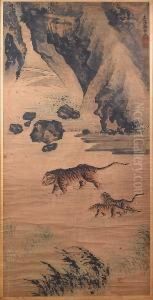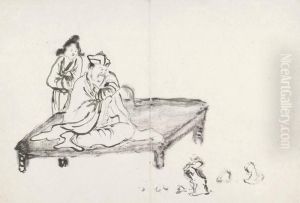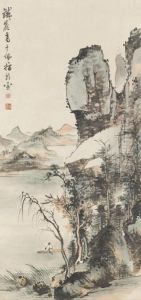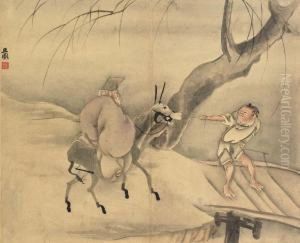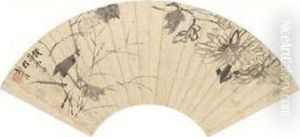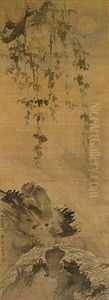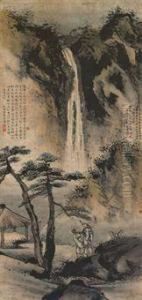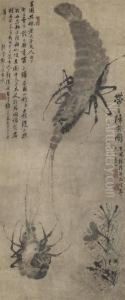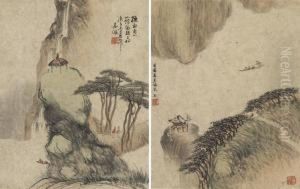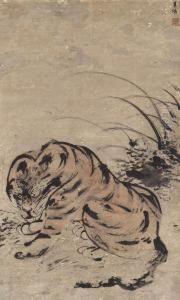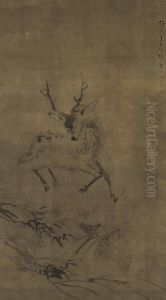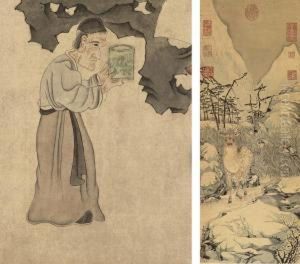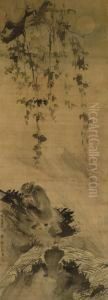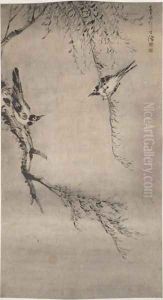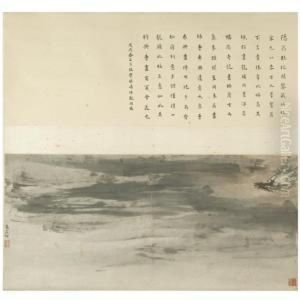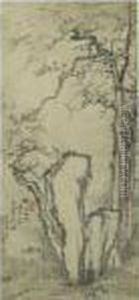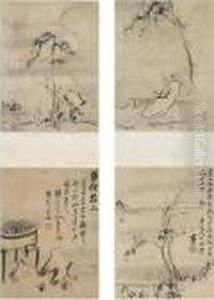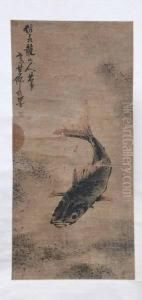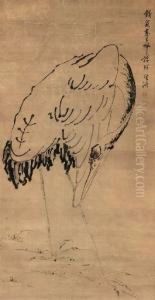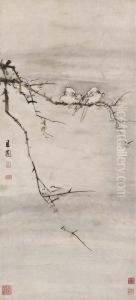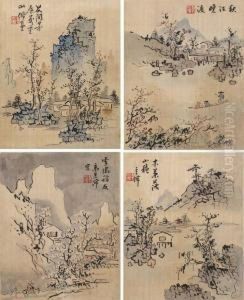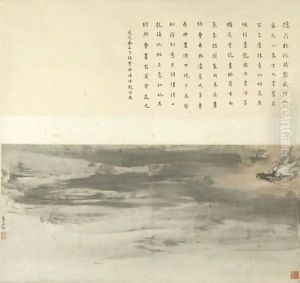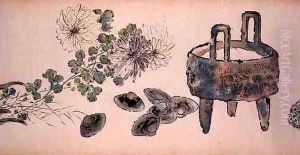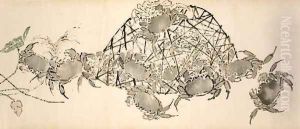Gao Qipei Paintings
Gao Qipei was a Chinese painter who lived during the Qing Dynasty. He was born in 1660 into an official's family, which allowed him to receive a good education and to be exposed to the arts from an early age. He is best known for his innovative technique of using his fingers instead of traditional brushes to paint, which gave his work a distinctive texture and appearance. This method was considered unconventional at the time and set him apart from his contemporaries. Gao Qipei's work primarily consisted of landscapes, flower-and-bird paintings, and figure paintings, which demonstrated a bold and expressive style. His unique approach and artistic bravery earned him a place among the individualist painters of the early Qing period. Despite his contributions to the world of Chinese painting, Gao Qipei's work was often met with criticism by traditionalists who favored the more conventional brush techniques. Nonetheless, he garnered a following and influenced future generations of artists who admired his free-spirited approach to painting. Gao Qipei's legacy is marked by his rejection of the rigid constraints of the time and his embrace of a more spontaneous and personal form of artistic expression. He passed away in 1734, leaving behind a body of work that continues to be studied and appreciated for its unique contribution to the evolution of Chinese painting.
